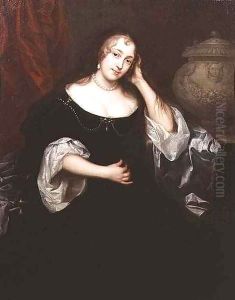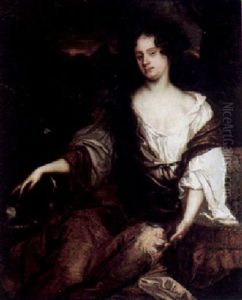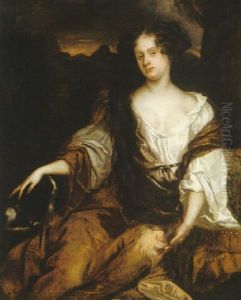Henry Anderton Paintings
Henry Anderton was an English painter born in 1630, active during a period that was both tumultuous and transformative, the mid-17th century. His life and career were set against the backdrop of the English Civil War, the Interregnum, and the Restoration of the monarchy under Charles II. Not much is known about his early life or training, which is common for artists of this period, but Anderton managed to carve out a niche for himself primarily as a portraitist.
Anderton's work is reflective of the changing tastes and the social upheavals of his time. He was skilled in capturing the likeness and the subtle nuances of character of his sitters, which included members of the nobility and the burgeoning middle class. His portraits are noted for their elegance, detailed rendering, and the use of light and shadow, qualities that align him with the broader trends in European portraiture of the 17th century.
Despite the challenges of his era, including the strictures on art and artists during the Puritan-led Commonwealth period, Anderton's career flourished with the restoration of the monarchy in 1660. This period saw a resurgence of the arts and a renewed patronage by royalty and the aristocracy, benefiting artists like Anderton. However, his career, much like his life, was cut short; Henry Anderton died in 1667, leaving behind a modest but significant body of work that offers insights into the visual culture and social dynamics of 17th-century England.
Anderton's legacy, though not as widely recognized as some of his contemporaries, contributes to our understanding of the period's art. His portraits serve not only as artistic achievements but also as historical documents that reflect the personalities, fashion, and cultural attitudes of his time. Through his work, Anderton has provided a window into an era of profound change and complexity, capturing the essence of his subjects with skill and sensitivity.


